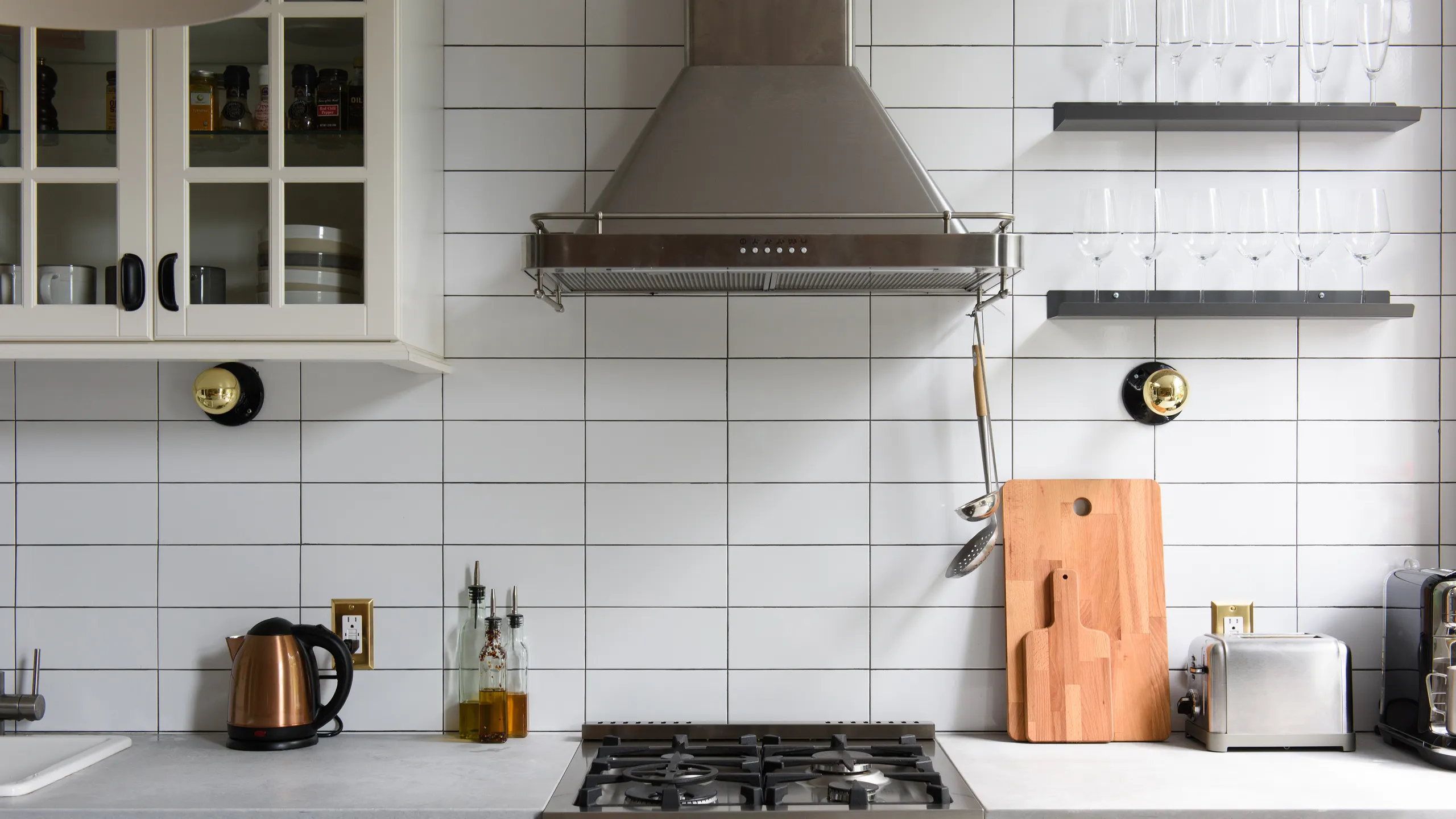Maximizing comfort and safety in any space requires a thorough understanding of knee clearance, which is a critical aspect of ergonomic design. Knee clearance refers to the space available for a person’s knees when seated, ensuring that they can move freely without obstruction. This concept is particularly important in environments where individuals spend extended periods sitting, such as at workstations, dining tables, and in vehicles. Adequate knee clearance not only enhances comfort but also prevents potential injuries and strain. In the context of ergonomic furniture design, knee clearance is essential for accommodating users of various sizes and ensuring that they can sit comfortably without feeling cramped. For office chairs, the minimum recommended knee clearance is typically around 18 inches from the floor to the underside of the desk. This allows users to position their knees comfortably without hitting the desk or chair. Moreover, the height of the desk should be adjustable to cater to different users, ensuring that each individual can achieve optimal knee clearance.
When it comes to dining tables, knee clearance becomes even more crucial. Standard dining table heights usually range from 28 to 30 inches, with a recommended knee clearance of about 24 inches from the floor to the underside of the table. This dimension ensures that individuals can sit comfortably and cross their legs or move them freely without restriction. Additionally, the depth of the table should be sufficient to provide adequate space for chairs to slide in and out easily while maintaining proper knee clearance. In vehicles, knee clearance is a significant factor in determining driver and passenger comfort. Car manufacturers often focus on providing adjustable seats and steering wheels to accommodate different body types. The driver’s seat should offer enough knee clearance to allow for comfortable leg movement and easy access to the pedals. This consideration is also important for passengers, particularly in the rear seats, where limited knee clearance can lead to discomfort on long journeys. Adequate design adjustments can greatly enhance the driving experience by reducing fatigue and promoting a relaxed posture.
For custom-built environments such as home offices or recreational spaces, understanding and implementing appropriate knee clearance is crucial. Custom desks, workstations, and seating arrangements should be designed with flexibility in mind, allowing users to adjust their positions as needed. This customization can significantly impact overall comfort and knee clearance ada productivity, especially in settings where extended periods of sitting are common. Overall, maximizing comfort and safety through proper knee clearance is a fundamental aspect of ergonomic design. By adhering to recommended standards and considering individual needs, designers and manufacturers can create environments that promote comfort, prevent strain, and enhance overall user experience. Whether in office settings, dining areas, or vehicles, ensuring adequate knee clearance is key to achieving a well-designed and user-friendly space.



